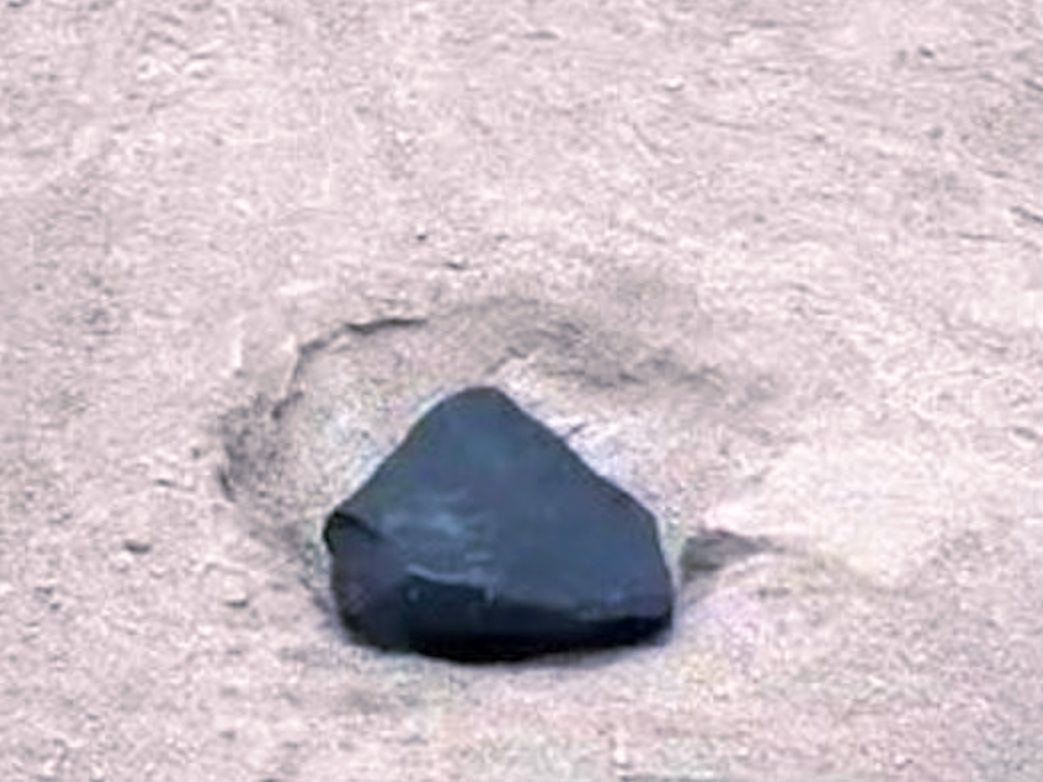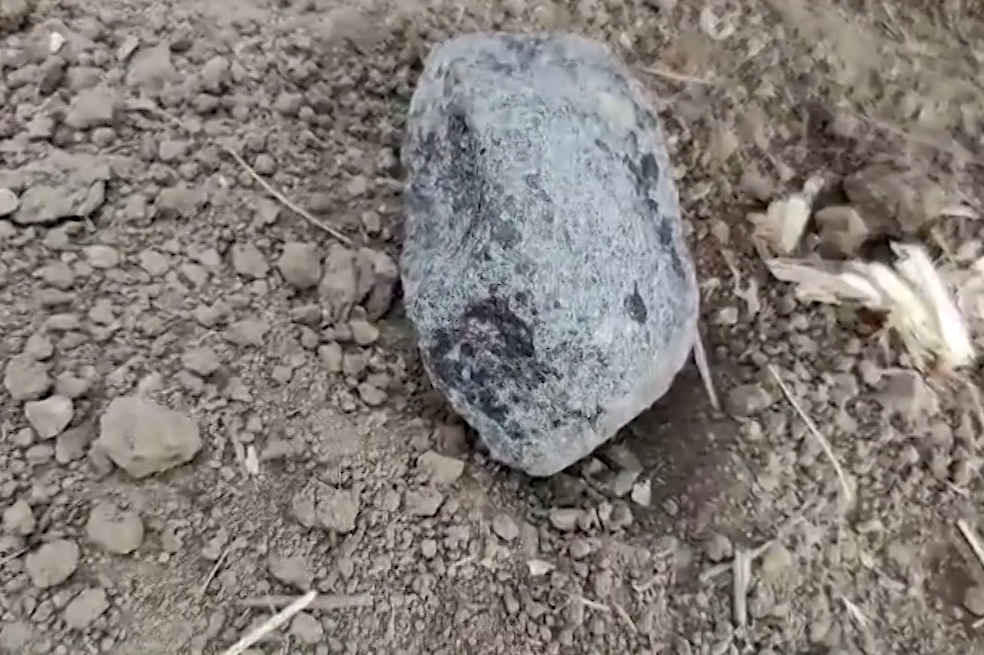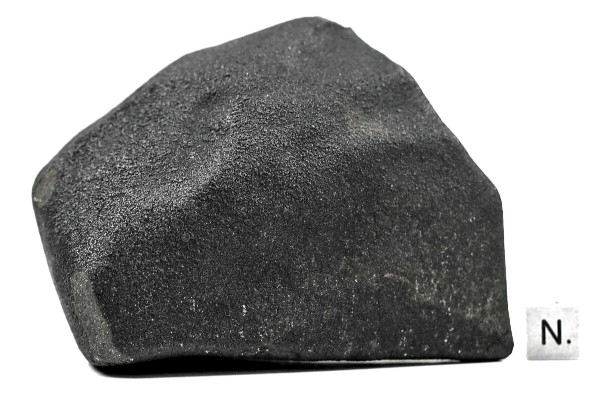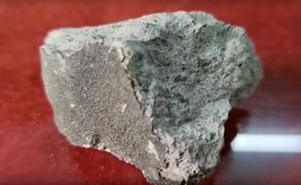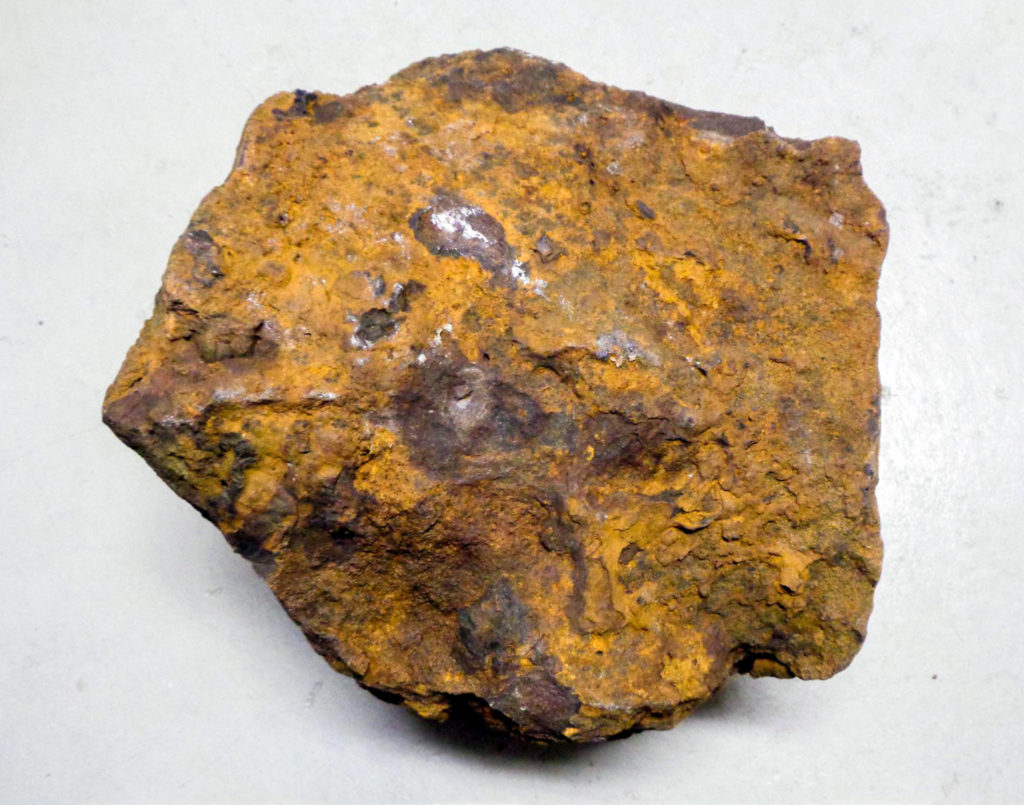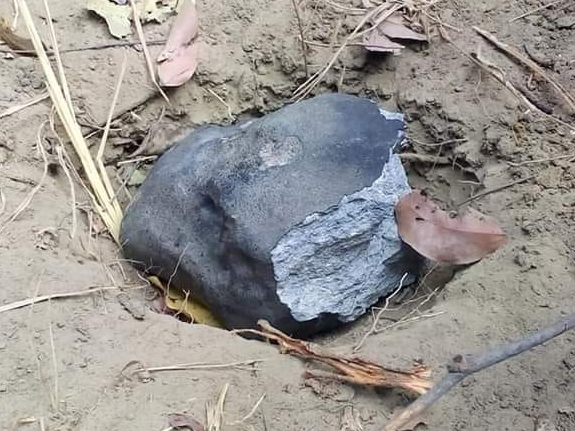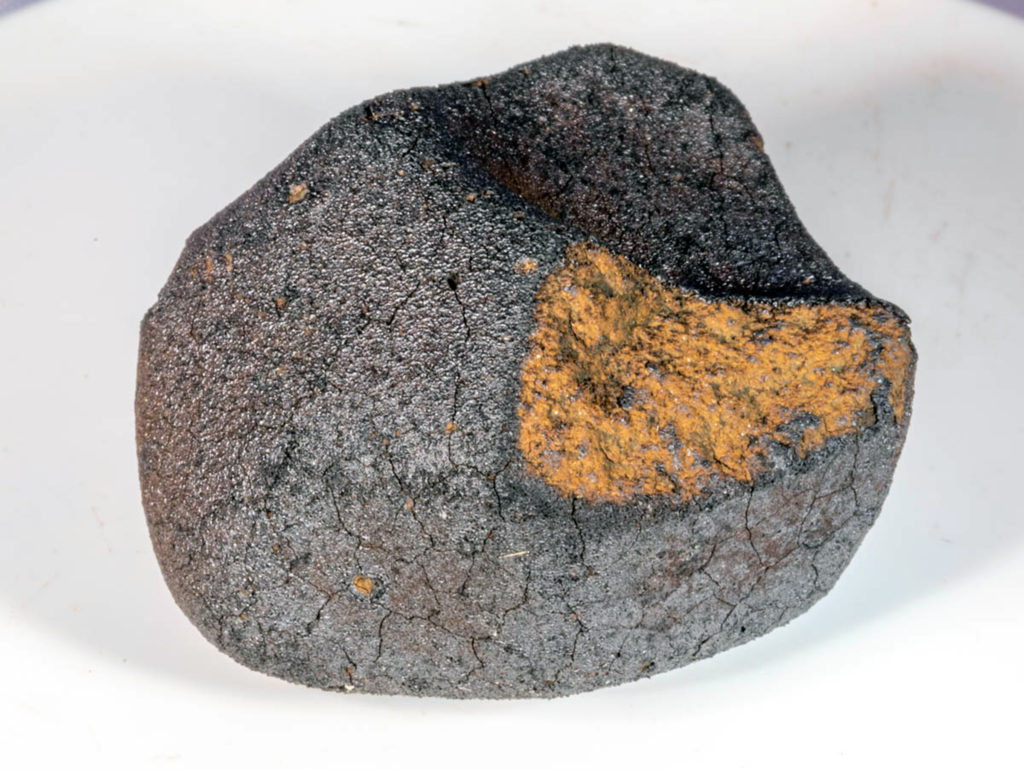Diachroneity of the Clearwater West and Clearwater East impact structures indicated by the (U–Th)/He dating method
M.B. Biren, M.C. van Soest, J.-A. Wartho, K.V. Hodges, J.G. Spray
Earth and Planetary Science Letters
Volume 453, 1 November 2016, Pages 56–66
“Highlights
• We dated the Clearwater Lake impact craters (Canada) via the (U–Th)/He zircon method.
• Results presented here indicate that the adjacent twin craters formed ∼170 Ma apart.
• Suggesting Clearwater East and West impact craters do not comprise an impact doublet.”
“The (U–Th)/He method has been applied to constrain the formation ages of the Clearwater West and East impact structures of Quebec, Canada. Zircons were separated from impact melt samples derived from a surface exposure at Clearwater West (32 km diameter), and from a drill core at Clearwater East (26 km diameter). The (U–Th)/He results indicate ages of 280±27 Ma280±27 Ma (2σ , n=7n=7) for Clearwater West, and 450±56 Ma450±56 Ma (2σ , n=8n=8) for Clearwater East. Our (U–Th)/He date for Clearwater West supports the findings of previous Rb–Sr (266±15 Ma266±15 Ma; 2σ) and 40Ar/39Ar (280±4 Ma280±4 Ma and 283.8±2.2 Ma283.8±2.2 Ma, 2σ) impact melt studies. Our (U–Th)/He date for Clearwater East also overlaps with previously published 40Ar/39Ar dating results, which yielded U-shaped spectra, with ‘maximum’ and ‘best-estimate’ dates of ∼ 460–470 Ma. Our results support the contention, previously based solely on 40Ar/39Ar data, that the Clearwater West and East impact structures do not comprise an impact doublet that formed coevally from a binary asteroid pair.”

